The personalisation of Porsche models actually began on the first day of production, back in 1948, because even then individual customer requirements were considered. That was before Porsche moved back to Stuttgart-Zuffenhausen in the early 1950s, and from then on special requests continued to be met in ever-growing numbers. Until the late 1970s, most of the requested changes were aimed at increased performance for competition purposes. The famous RS and RSR-types were developed and manufactured in the 1950s exactly for that. However, as the 1960s approached, a few customers began to ask for luxury items such as individual leather interiors. When car stereos arrived, there was a big demand for them, and likewise ski-racks and ‘Eyebrows’. Some prices from those times include a duplex brake conversion for the Porsche 356 at 240 German marks and an oil temperature gauge for 55 D-Marks.
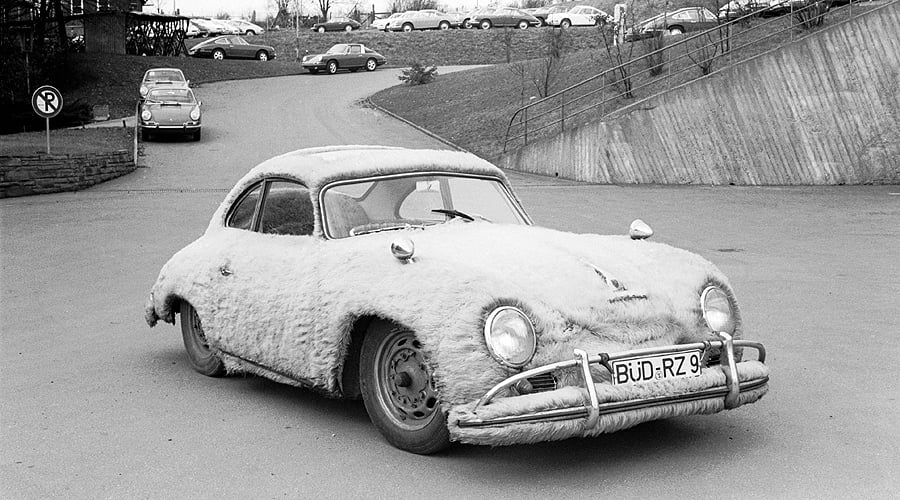
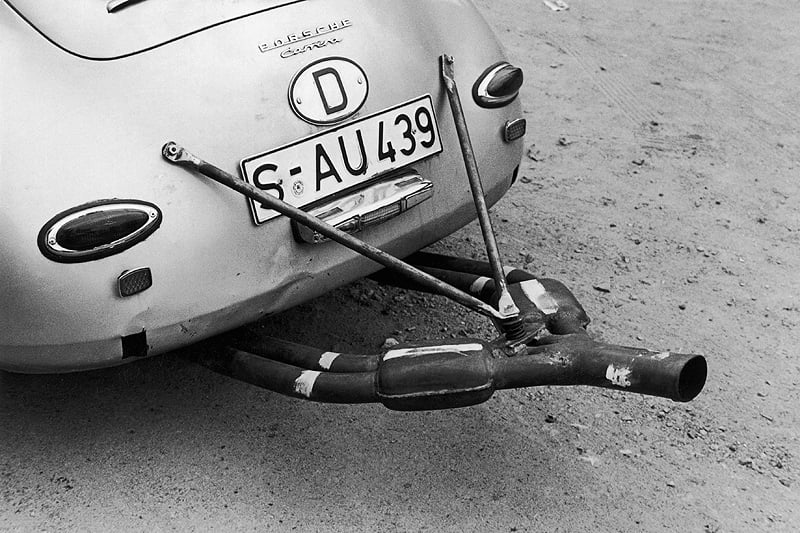
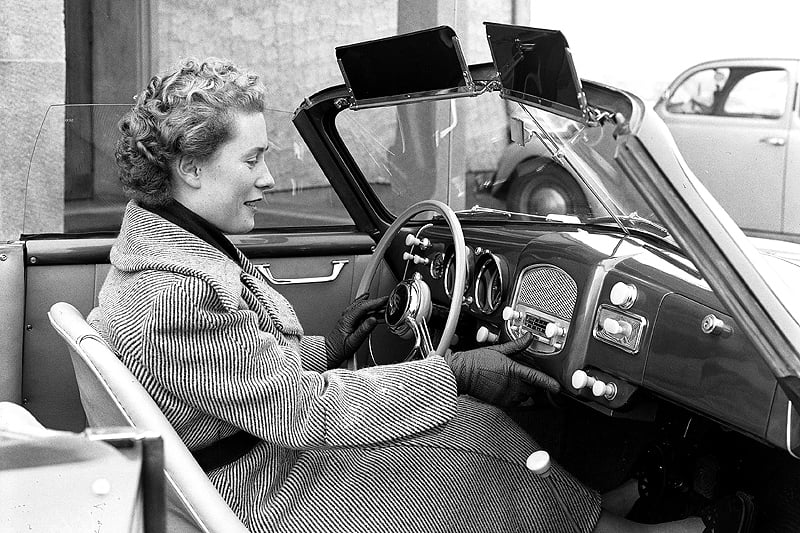
In 1954 there was a typewritten list of special order items – and there were just 10 of them on that list. It included such wonders as a windscreen washer and, of course, the extras of that distant past are all standard fittings in every modern car today. Some of the special extras of the 1950s were well worth having, including sports exhausts, sports seats, auxiliary lights and centre-lock wheels, all of which were a big hit with Porsche 356 drivers. By 1973, such beginnings had grown into a proper sports department, supporting independent Porsche race teams and privateer racing customers.
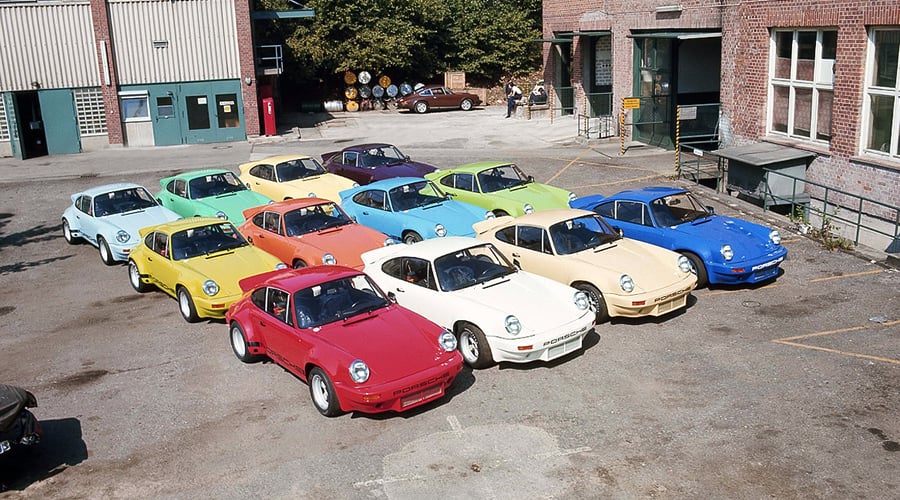
In 1978, this became the Special Request Department, and the first catalogues bearing the name ‘Porsche special request programme’ were created, replacing the typewritten lists of the early days. A key phrase in that 1973 special order programme was “The catalogue provides only an overview of the most important work – our repair department can do more.” Special new cars could be ordered and restorations undertaken, and both these sides of the business have grown.
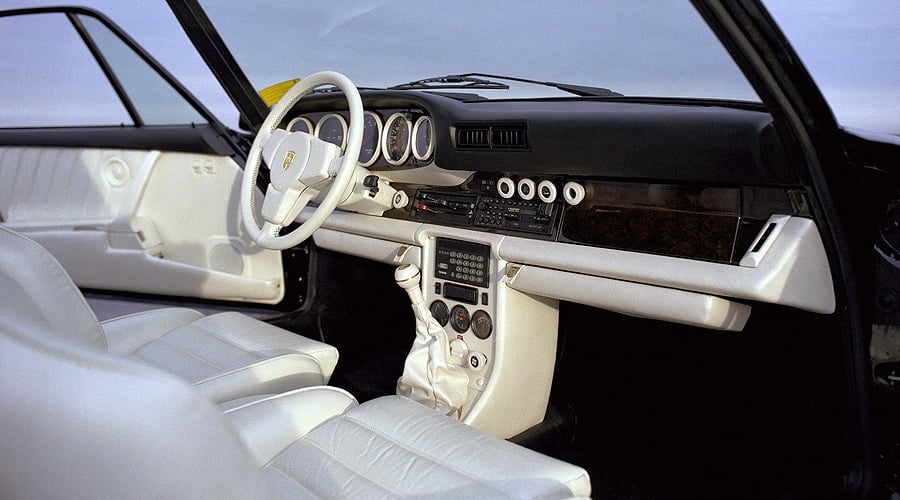
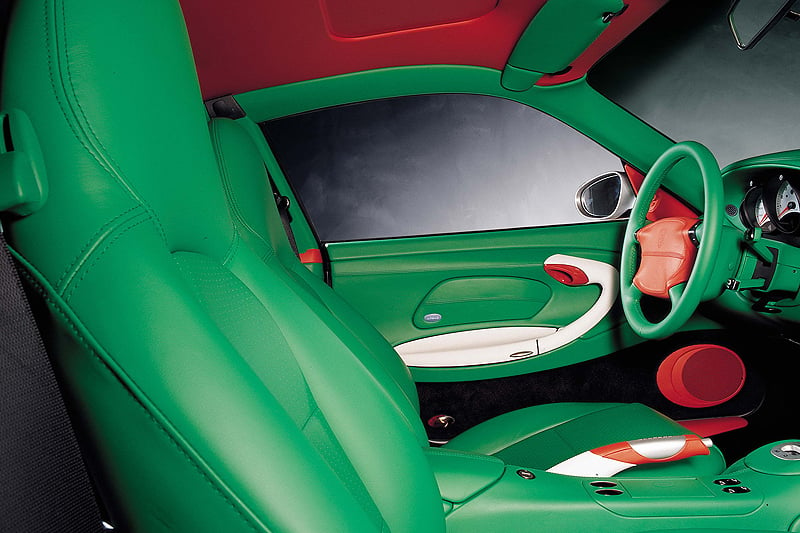
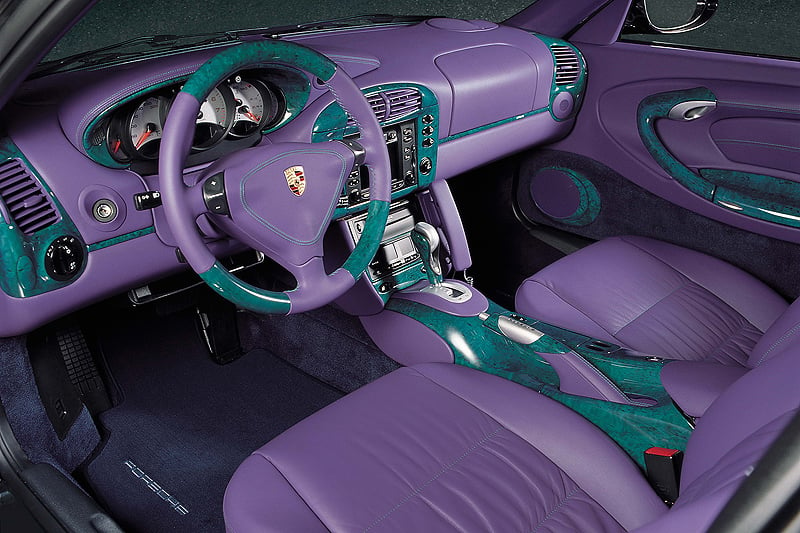
Global demand for such individual work was so great that in 1986 the company decided to create the new ‘Porsche Exclusive’ division, which has gone from strength to strength ever since. The aim is to leave every customer satisfied, whether they want special colours, power upgrades or something else – anything technically feasible will be fulfilled.
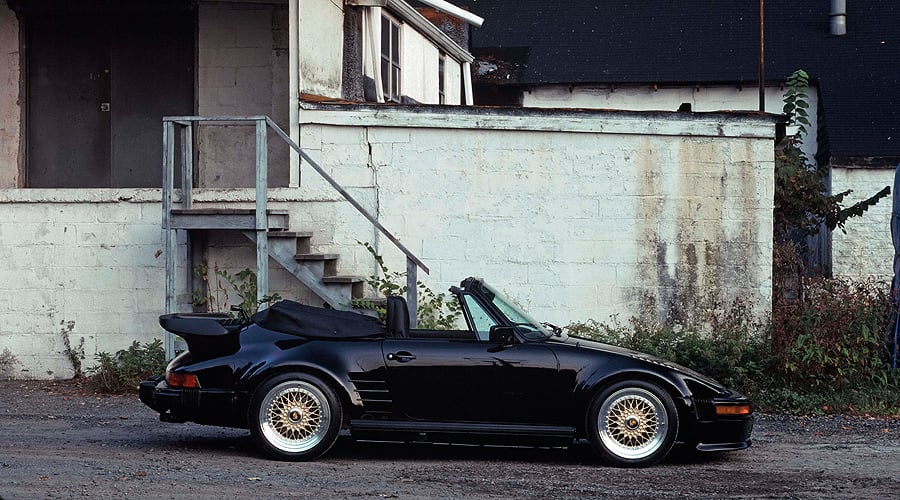
The famous Slant Nose models arrived in the colourful 1980s, and were especially popular in the UK, the US and Japan. The latter two countries are now home to the greatest number of these special models, most of which are Turbos. In fact, the Slant Nose models sparked off ever-increasing demand for special bodywork, particularly from the Porsche Centre Hamburg. Prices of up to $100,000 for some modifications are not uncommon today.
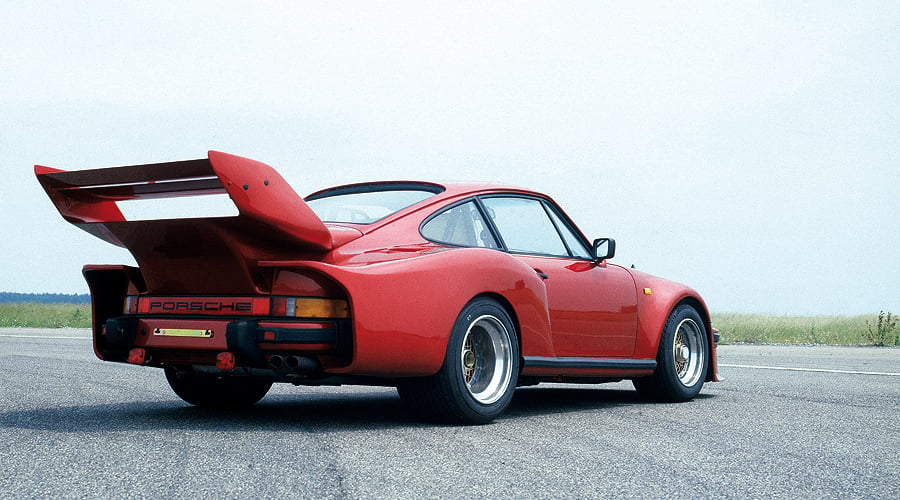
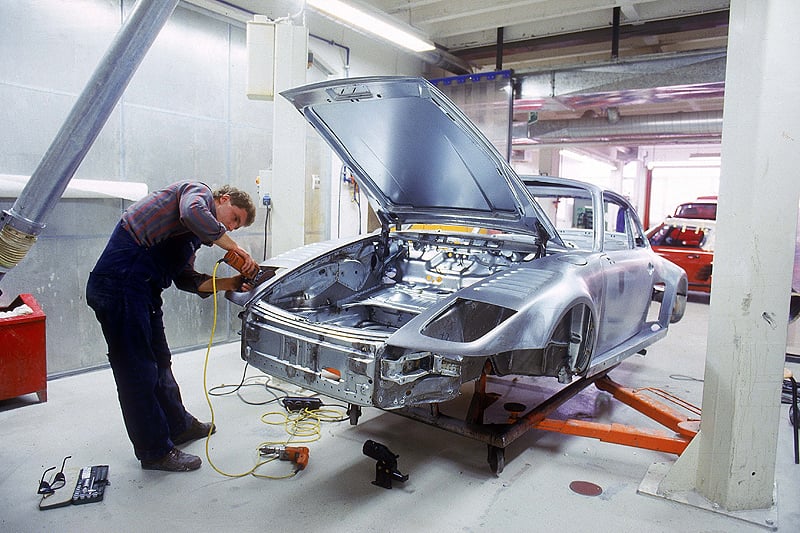
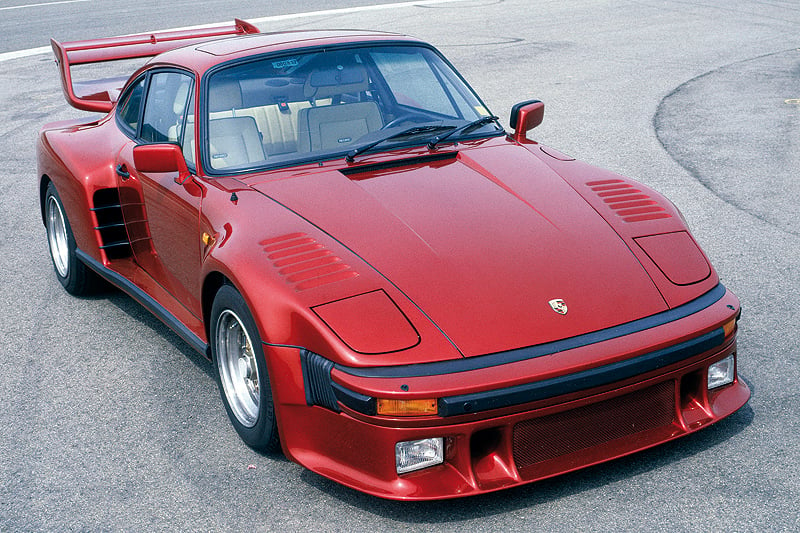
In the mid-1980s, Porsche added the popular Turbo-look 911 models: these cars had a 911 Turbo body, Turbo brakes and suspension and, of course, the matching Turbo Fuchs wheels, but all with a stock engine. Turbo-look 911s are rare and valuable today. The Porsche 959 was an outstanding highlight of the 1980s and several were refined even further for individual owners. A sheikh from Qatar even bought seven individualised 959s and some of these special 959s are currently at Porsche Classic for overhaul. Many of the front-engined models – 924, 944, 968 and 928 – were also built to individual customers’ requirements, with especially strong demand for these cars in the US, Japan and the UAE – some with the most imaginative colour schemes.
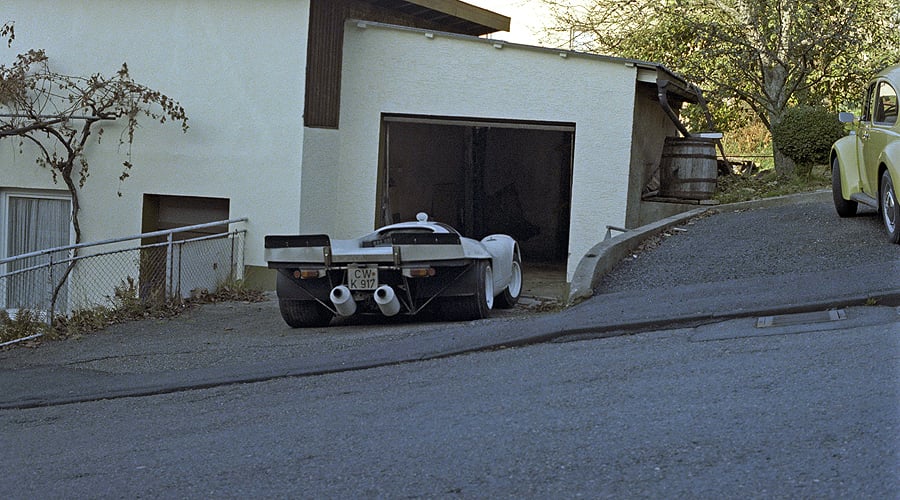
Brutal race cars were modified to customers’ requests at Porsche, too. In 1983, the TAG owner Mansour Ojjeh ordered a street version of the 935 race car. The factory’s talented mechanics even created two Porsche 917s in street-legal form. Count Rossi, the Martini sponsor, ordered a silver one in 1975 and a second such 917, in white, was delivered in 1977 to a German hotelier.
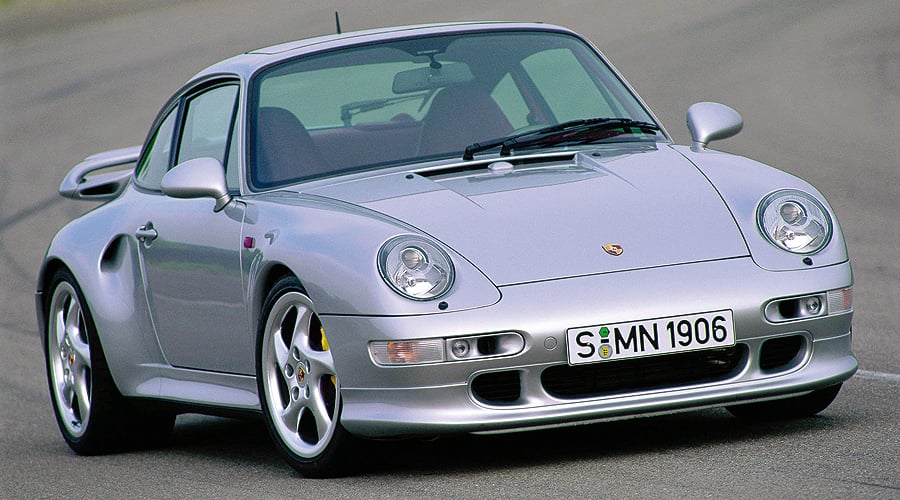
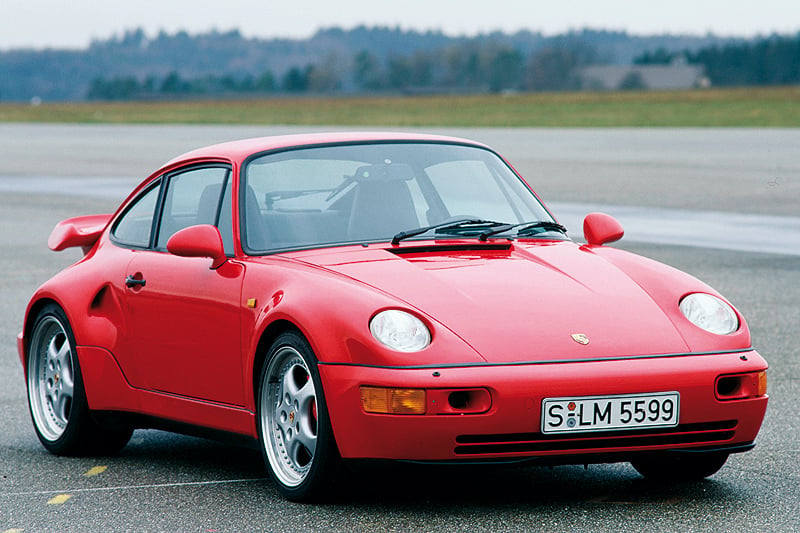
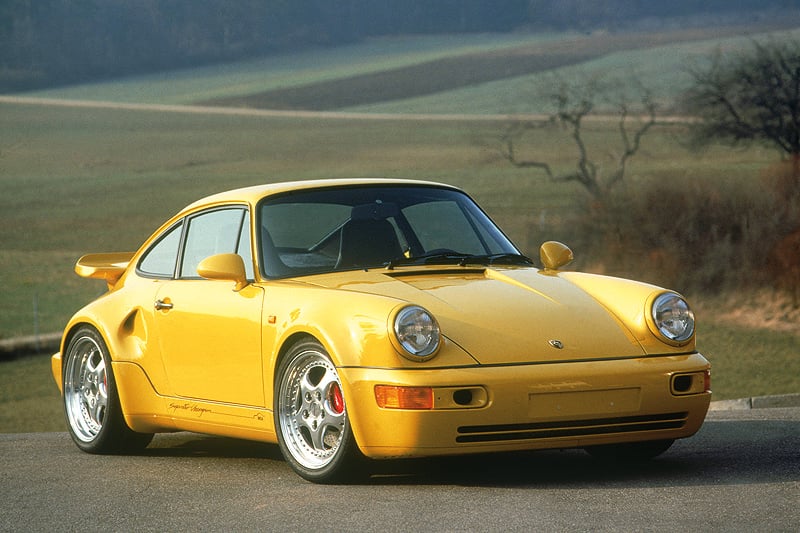
My work as CEO of Porsche Centre Hamburg Nord-West began in 1997, when we had a special order from the fashion house Jil Sander for a modified 993 4S. The design of this very special car went much further than defining the exterior colours. The unique leather was made with the coloured stitching (and even the thread thickness) closely defined by the principal designer, and the completed leather work was delivered to Porsche to be fitted. This car, which cost 70,000 D-Marks more than the price of a standard model, now resides in a private collection.
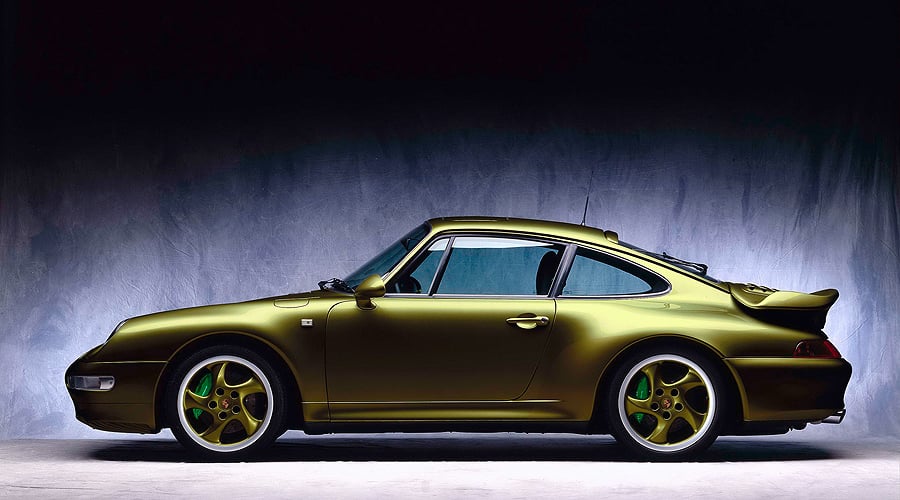
For decades, many famous people have visited the Porsche Exclusive department in Stuttgart to order their personal Porsche, and eventually most of these vehicles find their way into such private collections, occasionally returning to their birthplace for a makeover. Some can be admired in the Porsche Museum at Porscheplatz. Not everything that was fashionable in the past has stood the test of time well, at least according to our modern taste, but all these individual cars from Porsche Zuffenhausen are collectible items with the potential to grow in value.
Wilfried Hallier spent 14 years managing the Porsche Centre Hamburg Nord-West and is highly experienced in the market for classic Porsche 911s. He is the acknowledged expert when it comes to recommending classic Porsche 911 models with the potential for appreciation.
Text: Wilfried Hallier
Photos: Porsche



















